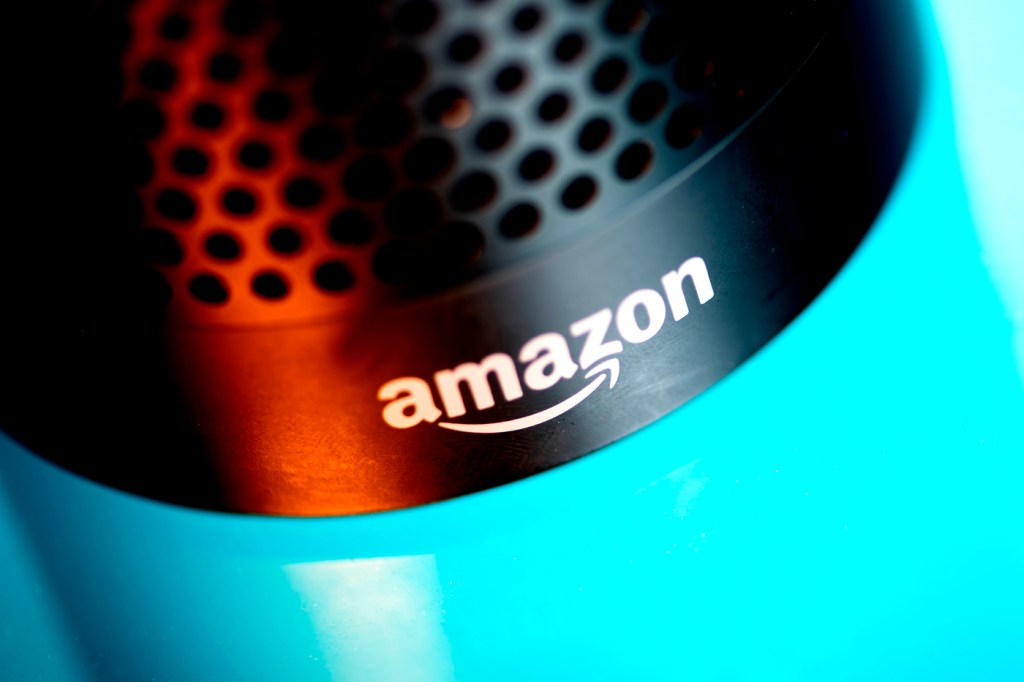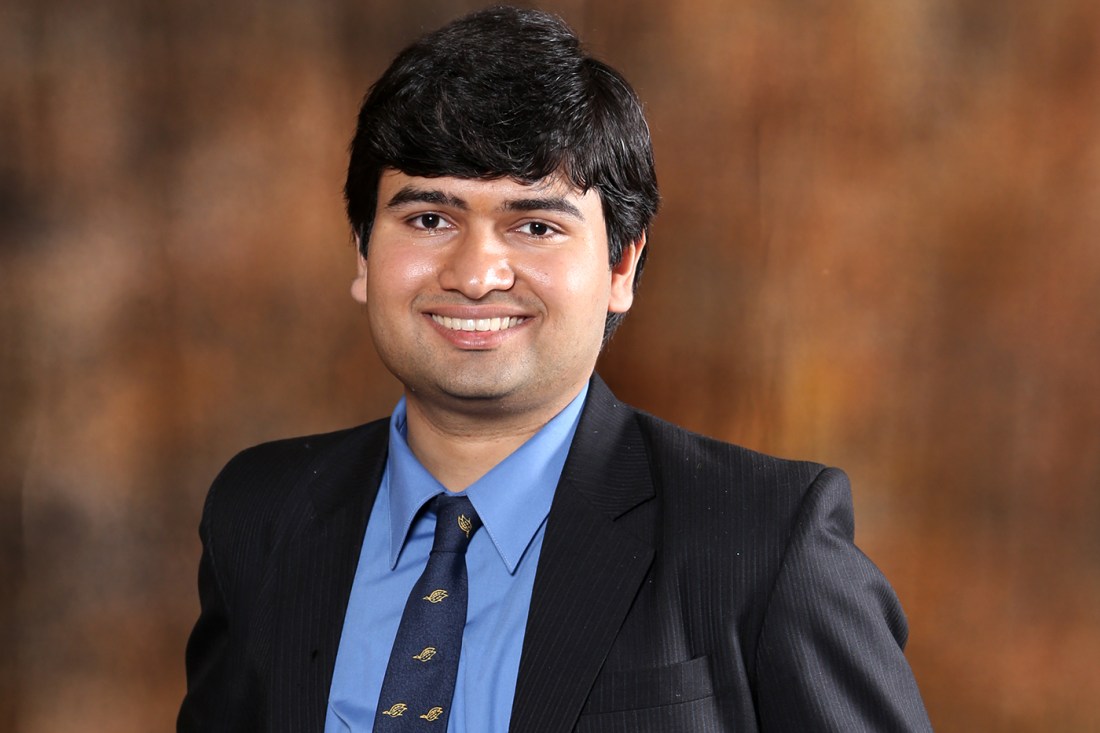Can smart home technology help you save on your electricity bill? Yes, and this Northeastern researcher was ahead of his time

Smart home technology can be used for more than just asking your Amazon Alexa to turn off the lights or play your favorite album. It also has the potential to lower your electricity bill — and help the environment in the process.
As a doctoral student in 2012, Aditya Mishra, now a Northeastern University associate teaching professor in the Khoury College of Computer Sciences, helped prove that when he developed and published research on a battery-based system called SmartCharge that relied on AI algorithms to help consumers do just that.
More than a decade later, Mishra’s SmartCharge research continues to carry influence, so much so that he has been awarded the Test of Time Award from the Association for Computing Machinery (ACM) for the work.

He received the honor this summer at the ACM International Conference on Future and Sustainable Energy Systems (ACM e-Energy 2024) held in Singapore.
“I look at it as concrete feedback from the research community,” he says. “Knowing that our work has been noticed and found helpful is a wonderful feeling, and it motivates me to continue work on more amazing projects here in my position at Northeastern University.”
To understand how the SmartCharge system works it’s important to understand the context surrounding its development, explains Mishra, who is based in Northeastern’s Seattle campus.
Back in the early 2010s, Mishra and his colleagues began investigating how they could help energy utility companies reduce the amount of energy homeowners use during “peak hours,” which are periods of the day when a lot of electricity is being used across the grid. (Think around 5 p.m. when residents are using stoves, microwaves and other appliances to make dinner.)
Featured Posts
During peak hours, electric grids are under heavy load and utility companies have to turn on special peak generators to meet the demand. Running those generators is expensive and consumes large amounts of energy. Being able to cut down on demand would not just reduce costs, it could help reduce carbon footprints, Mishra says.
At the time, a select number of utilities were experimenting with time-of-use pricing plans that aimed to incentivize people to not rely on as much power during peak hours, Mishra says. They did this by creating a payment structure that would charge users more to use energy during those peak hours and less during less demanding time periods.
“Unfortunately, the problem is that electricity demand tends to be pretty rigid for the end-user,” he says. “For example, it is typically not possible for all of us to start cooking dinner at midnight just because electricity is cheap then.”
With an interest in green computing, Mishra aimed to develop a better solution that would allow users to take advantage of low energy consumption costs that come with time-of-use plans without inconveniencing them.
To address this, they developed SmartCharge, a battery storage system that takes advantage of machine learning technologies “to intelligently switch” back and forth between the electrical consumption from the electricity grid and the battery storage system.
“Based on these various machine learning and optimization algorithms, it can decide when it is ideal to charge the battery from the grid, and when it is ideal to use the power that is stored in the battery instead of drawing power from the grid,” he says.
For the research project, the team developed an original prototype of SmartCharge, which was essentially a modified lead acid battery the team bought and altered in a lab with specialized equipment. It was trained on data they had collected at real homes in which they had placed sensors.
“Our sensors were used to collect the aggregate consumption of the houses every minute and also the consumption from various different outlets in the houses,” he says. “We collected data from these real houses where people were actually living their lives.”
“Every day, the machine algorithms continued to learn and update its models. It learned how much energy the house is using,” he adds. “Based on this learning, every day, at the start of the day, it came up with predictions on how much electricity this home is going to use.”
With those insights, Mishra and his team were able to develop optimization algorithms that would decide when the battery should be used for storage and when the battery should be used to draw power.
“At a high level for a general audience, first we found that it is possible to considerably cut the customer’s electricity bills with the intelligent battery storage in presence of time-of-use electricity pricing plans without any involvement from the end-user. Second, we found that batteries with time-of-use pricing can significantly cut the grid demand during peak hours.”
The last key takeaway from the paper was a warning, Mishra explains. Although batteries can be a useful way to help in cutting down costs, they have to be used wisely when it comes to demand shifting.
“Let’s say everybody starts charging their batteries at midnight because electricity is cheap, this could actually in a larger case can potentially create a new peak during off-the-peak intervals.”
In the decade since Mishra’s research, SmartCharge has been cited more than 150 times by other researchers, Mishra notes. He also did a follow-up research project adding SmartCharge to a solar panel project called GreenCharge that allowed users to take advantage of extra energy coming from their solar panels to power their homes.
There have been many positive developments in the industry that Mishra said he and his colleagues envisioned all those years ago.
More and more energy utility companies have begun offering time-of-use plans for residential customers. Additionally, consumers can now buy home energy storage systems off the shelf. He pointed to Tesla’s Powerwall as an example. Lastly, governments are offering more tax incentives for consumers to use clean energy.
“I’m continuing to work on these problems here in my position at Northeastern,” he says. “We can use this as a sign that we should keep pursuing in this direction.”











